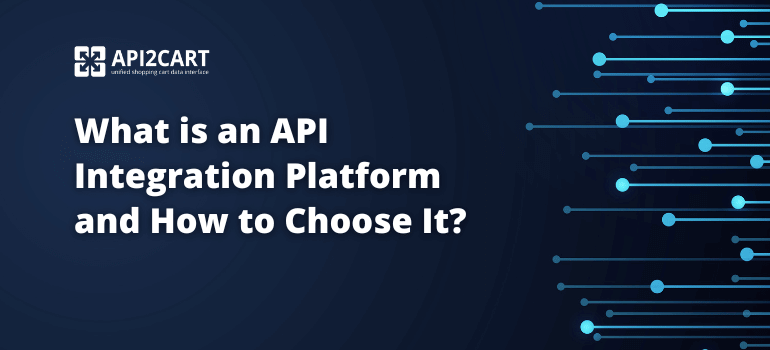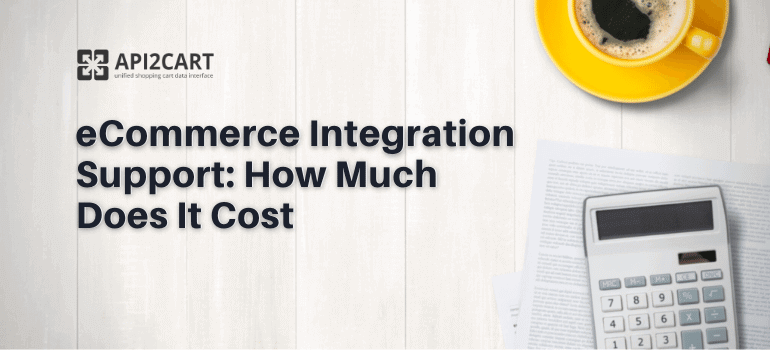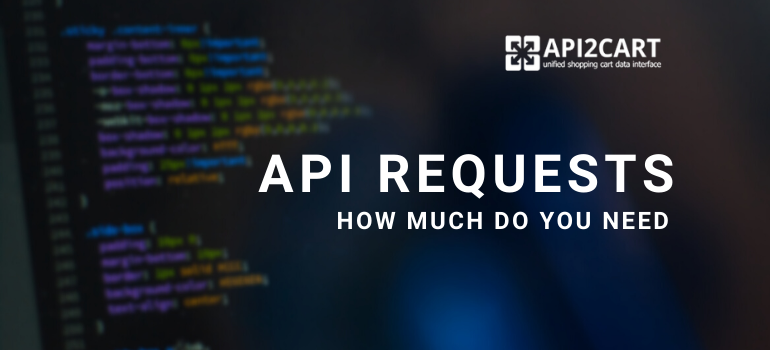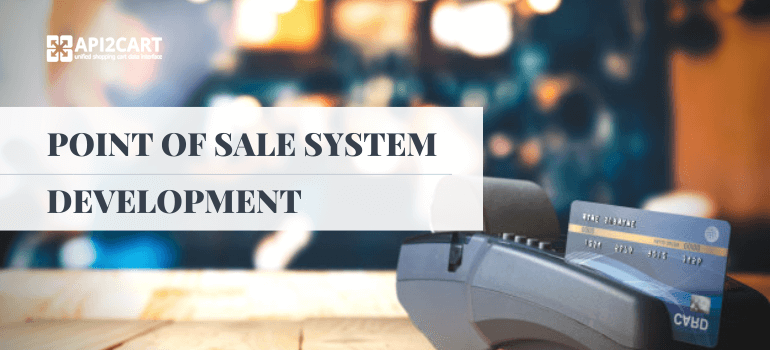
A point of sale system is traditionally associated with the hefty cash register machine used in retail at checkout. Many eСommerce buyers, however, don’t know that they are able to pay for their items online thanks to a POS system, or to be more exact, POS software.
Checkout is the final step of the funnel, after so many efforts to bring a visitor to the store and lead towards converting into a customer. Therefore, it is crucial that the paying experience is flawless and nothing hinders store owners to receive their financial reward.
In this article, we are going to explore all the details connected with the process of developing point of sale software.
Point of Sale System (POS) Development
Along with the evolution of retail, the point of sale systems are rapidly developing too. While their hardware part is no longer indispensable (eCommerce is the vivid example), the software, on the contrary, has to be more and more sophisticated to comply with the growing demands of both e-merchants and those running brick-and-mortar stores.
Their functionality has significantly grown during recent years and became more versatile to accommodate the requirements of each business. Let’s delve deeper into the issue:
- Collecting payments and keeping track of sales - this is POS systems’ key role, but they are no longer limited to it.
- Inventory management - it has become another crucial function, as it significantly eases the life of merchants and saves their time. Instead of conducting manual inventory counts, they can rely on the point of sale system to automatically update the stock levels according to the items sold.
- Reporting - POS software integration into accounting allows using its data to track the revenue, manage taxes etc.
- Gathering and managing customer information - it helps with loyalty programs and is crucial in building trust with the buyers.
Clearly, a system like this is a must-have for merchants willing to focus on growing their business rather than dealing with paperwork. Moreover, the versatility of businesses calls for customized solutions and therefore building a business that can satisfy the customers’ demands in POS systems is promising.
At present, a ready point of sale product seldom gets directly from the manufacturer/developer to the end-user. Distributors and value-added resellers (VARs) are in most cases mediators in the process, communicating the customers’ needs to the developers and then bundling the package for the buyer that exactly corresponds to their needs.
If you decide on building or refining your POS solution, don’t be deceived by the idea that since your task is only creating the product, it is going to be easy. You’ve got to be aware of the key tendencies on the market as well as the typical challenges you are about to face. This will not only make your product maximally competitive but also help to catch VARs’ attention and thus get new clients.
So, let’s now get to the gist and discuss the points that require your special consideration.
Main Functions of Point of Sale Software
Multichannel sales have become a trend nowadays, as well as the combination of online and offline sales “under one roof” that is quickly gaining popularity. Many merchants who run regular retail stores eventually come to the decision to go online, too, and choose their point of sale solution with this perspective in mind. This sets certain requirements to this software, that are up to its developers to implement and figure out how to do it in the most efficient way.
Multiple OSs support
The era of cash registers as the only hardware solution for POS systems is over. Merchants want a less pricey and more flexible way of using these such systems - on their PCs, laptops or even tablets. Therefore, the software has to be created with Windows, Linux, macOS, Android, iOS support to extend the circle of potential clients by adjusting to their software preferences.
Real-time inventory updates
Many solutions batch and update the inventory based on the sold items only once a day, which is totally acceptable when running one store. But in the case of multichannel sales inventory updates in real-time are of primary importance. Otherwise, a merchant may end up selling an item which has already been sold, but the inventory counts haven’t been updated, which can lead to confusion and certain issues.
Inventory synchronisation across different channels
Imagine a store owner who started out selling on Amazon and now extended the presence to eBay plus an online a brick-and-mortar store. Without proper synchronization features, entering new items into the system can turn into a continuous nightmare, as it would require doing the same job for each of the sales channels. Clearly, the preference would be given to software that handles this task by automatically syncing items across all channels and saving time and sanity of the person in charge of this.
Multiple payment methods support
Credit/debit cards and cash only are past century already. To be competitive, your solution needs to be oriented at ecommerce sphere with maximum online payment methods supported along with a gift, chip cards, reward points, etc.
Creating and managing customer database
POS systems that gather customer details and record them aren’t a novelty. But advanced abilities like creating their profiles with as many details as possible, import/export features, loyalty program, a single customer database for all sales channels will definitely catch the attention of even very demanding customers.
Multiple integrations support
Your clients may be not sure about where exactly they will be selling tomorrow, but they want to know you’ve got them covered with your POS solution. Whether it be several eCommerce platforms, different online marketplaces or useful add-ons - the more possibilities to connect to them you provide, the more flourishing your business will be.
Shopping Platform Integration for Point of Sale Software
Developing each new connection with the eCommerce platform seems a lengthy and troublesome process. For instance, if you would like your point of sale system to integrate with a popular shopping cart software, you would need to find a good developer specializing in it, and get ready to wait and pay a reasonable price for the work.
Moreover, don't forget about the problems that may occur with further maintenance of the integration and after the releases of new platforms versions.
However, there is another, easier, and faster way of handling POS integration with multiple shopping platforms and marketplaces. API2Cart offers unified API for connection with 40+ most widely used shopping platforms. It includes Magento, PrestaShop, WooCommerce, OpenCart, BigCommerce, Hybris, Squarespace, Wix, Shopify, etc.
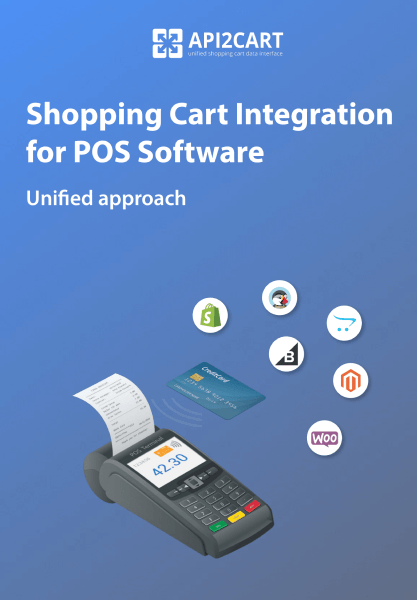
Shopping Platform Integration for POS Software
Explore how to develop the integration between your point-of-sale system and multiple shopping cart solutions easily.
With API2Cart API methods, you'll be able to import orders from multiple sales channels, sync inventory, get, add, and update product lists.
You will only need to integrate with API2Cart, which in turn provides instant access to different ecommerce platforms databases. If you want to know more about how API2Cart can help your POS solution to succeed, contact our manager for detailed info.
